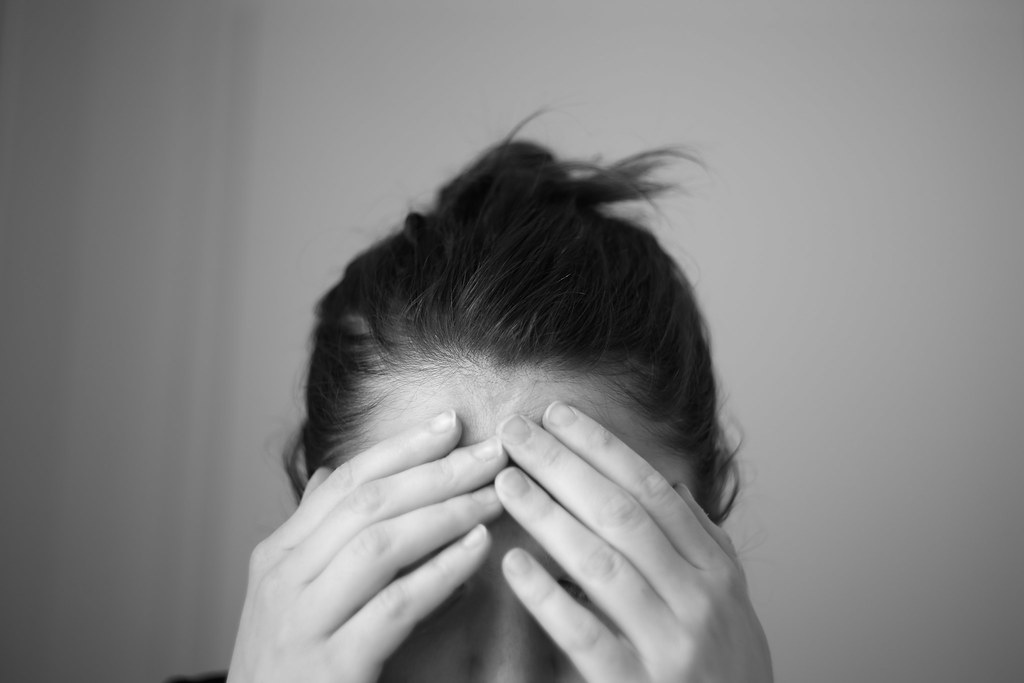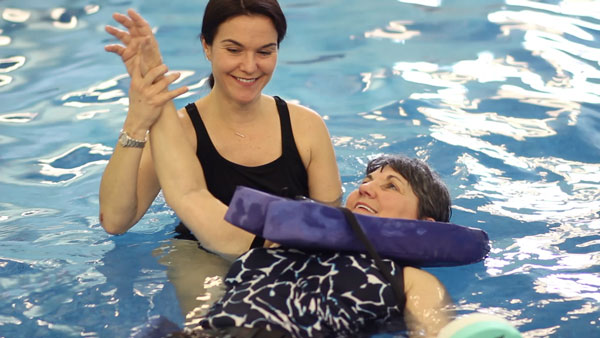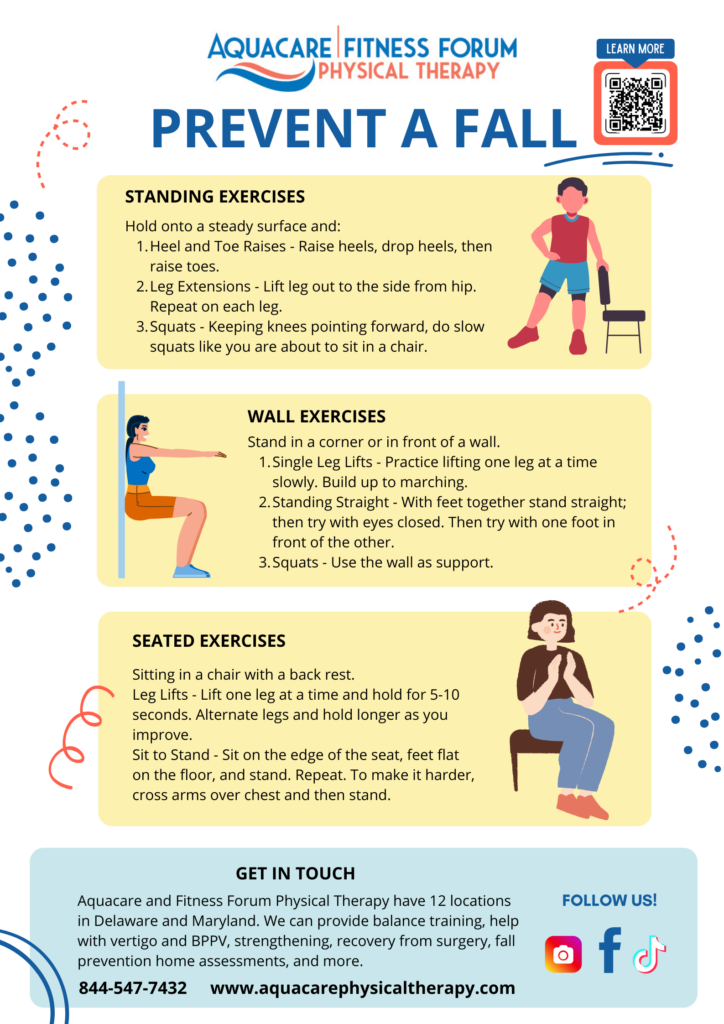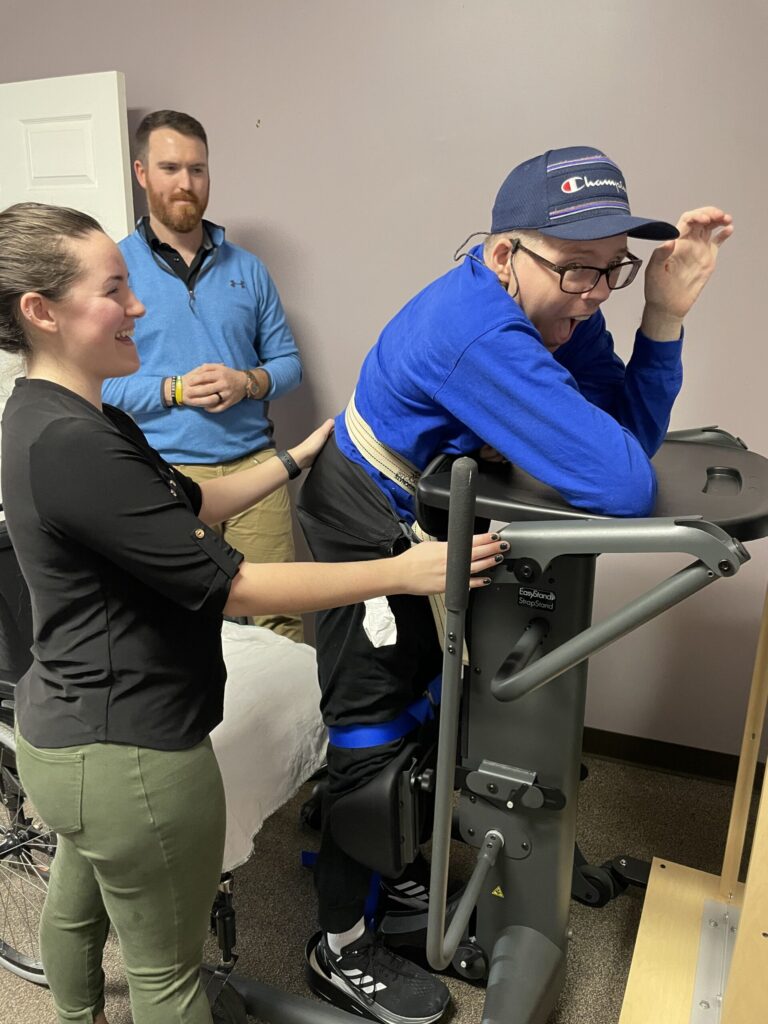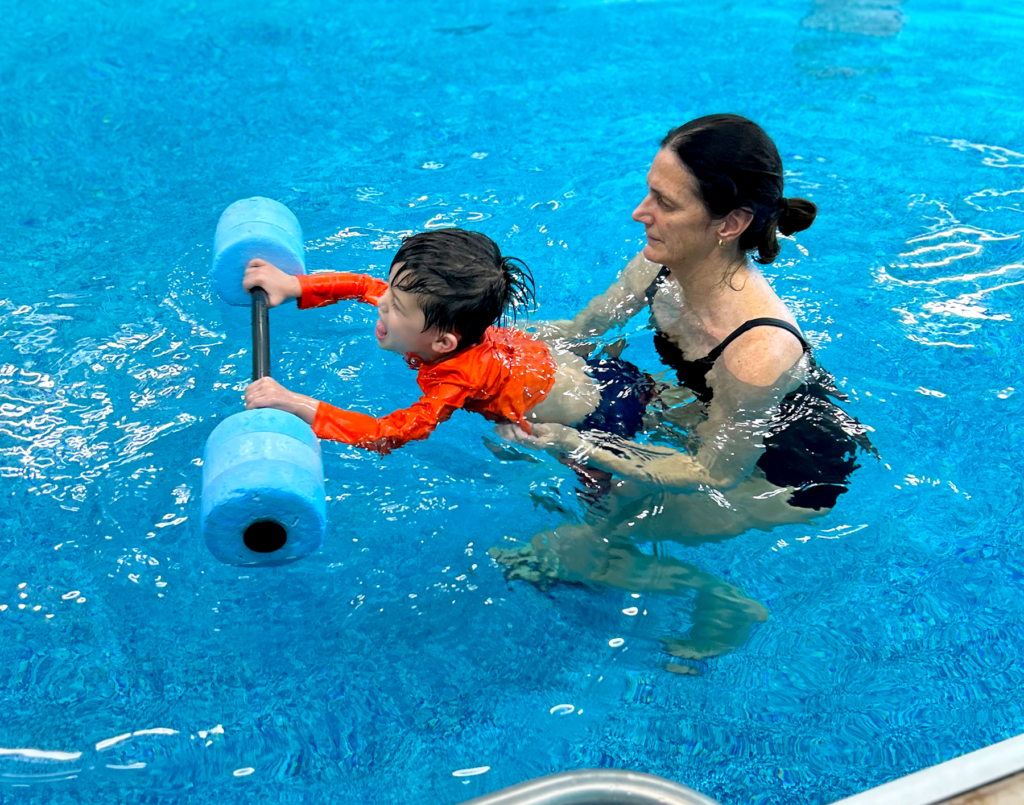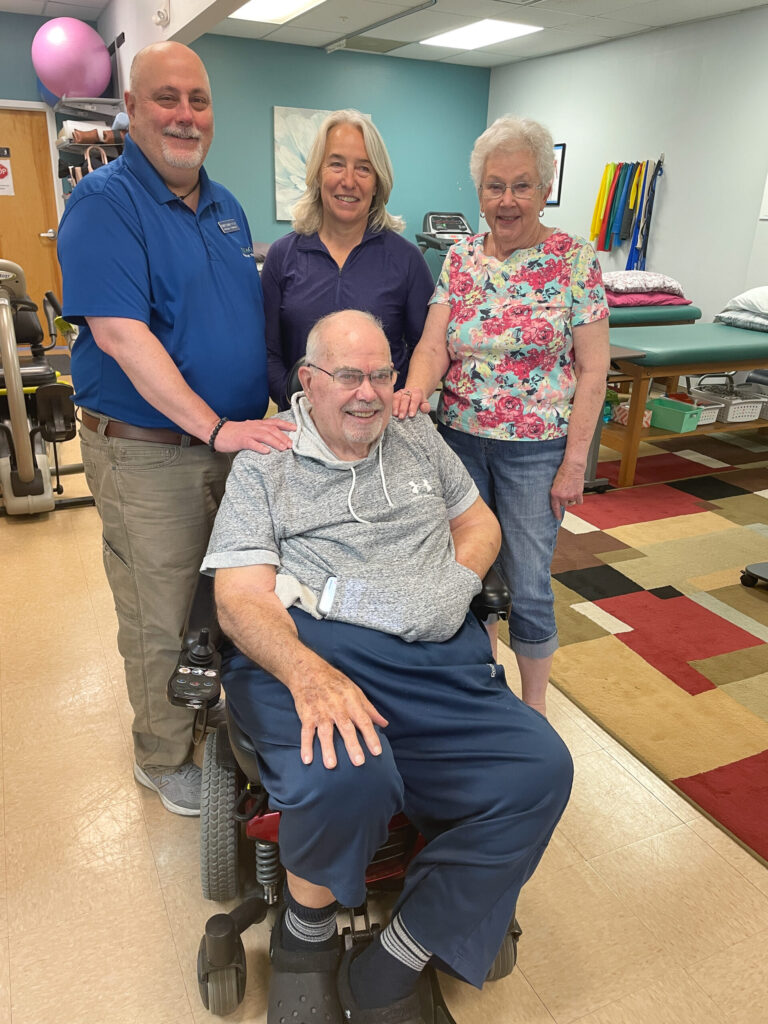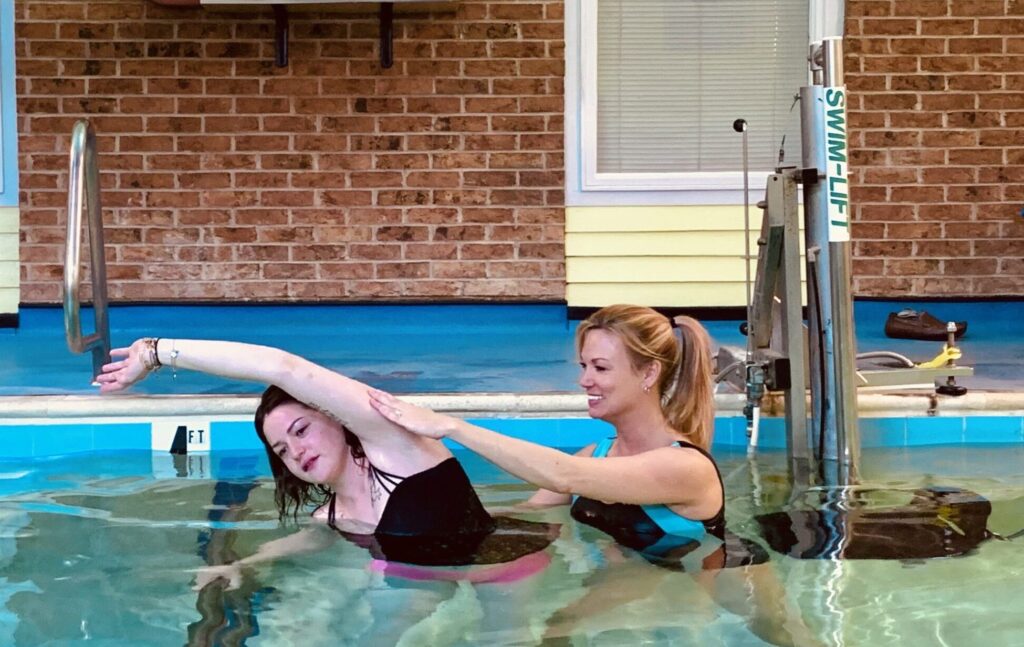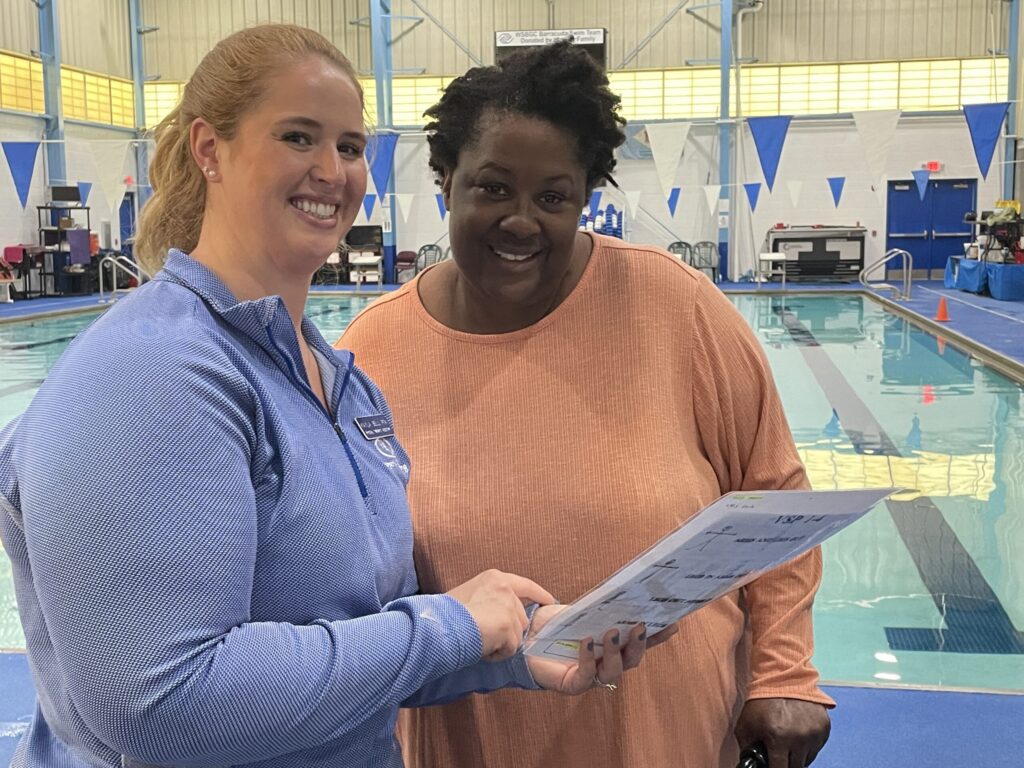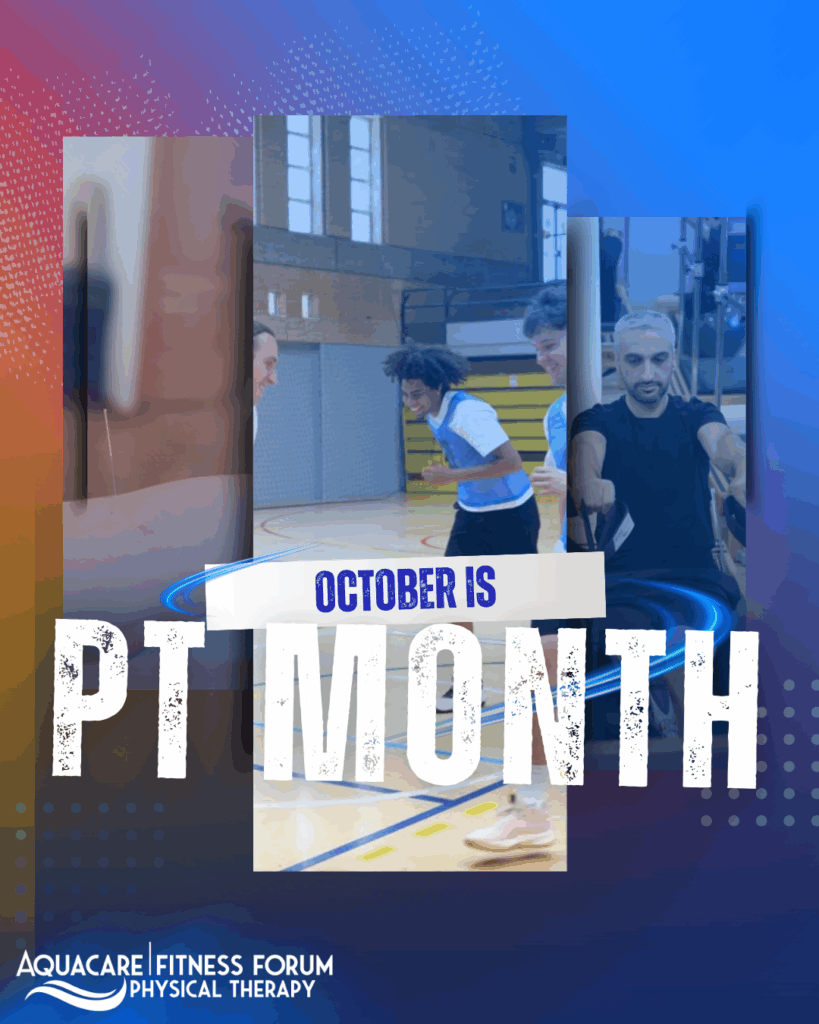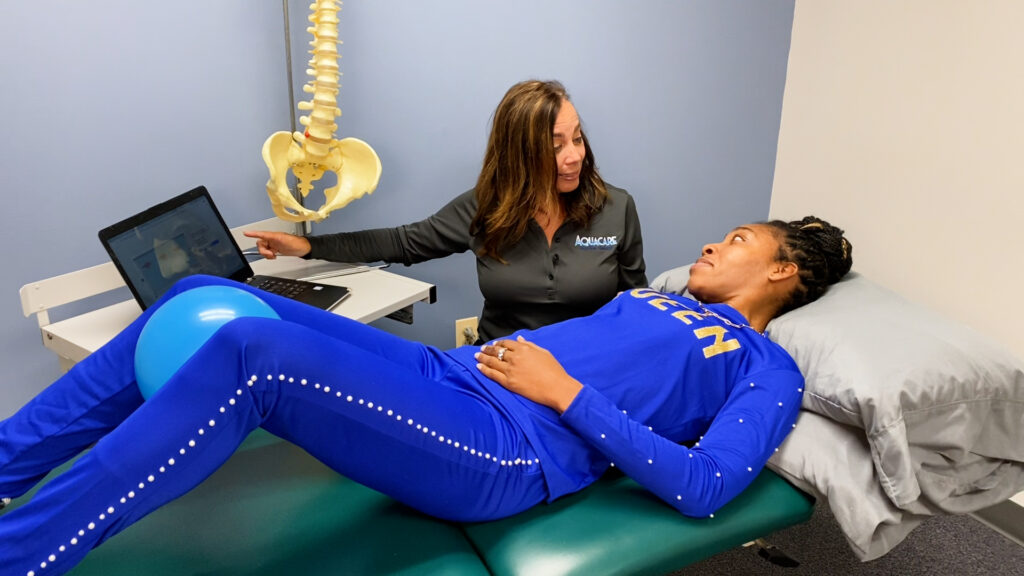
How is BPPV Different from Vertigo, and How can Physical Therapy Help?

Feeling like the world is spinning around you can be a disorienting and frightening experience. For millions of people worldwide, this sensation, known as vertigo, is an all-too-common reality. One of the most prevalent causes of vertigo is Benign Paroxysmal Positional Vertigo (BPPV). The good news? Physical therapy offers a highly effective solution for many sufferers. Let’s dive into the world of vertigo, BPPV, and how physical therapy can help you regain your balance.
Understanding Vertigo and BPPV
Vertigo is a sensation of spinning or dizziness, often accompanied by nausea and loss of balance. While there are many causes of vertigo, BPPV is one of the most common. According to a 2015 study published in the journal “Frontiers in Neurology,” BPPV affects about 1.6% of the population each year, with a lifetime prevalence of 2.4%.
BPPV occurs when tiny calcium crystals in the inner ear become dislodged and move into the semicircular canals. This disrupts the normal fluid movement used to sense head motion, leading to false signals being sent to the brain about the body’s position and movement.
The Impact of Vertigo and BPPV
The effects of vertigo and BPPV can be significant. A 2018 study in the “Journal of Vestibular Research” found that 86% of people with BPPV reported a negative impact on their daily activities, with 41% experiencing severe impairment. Moreover, the fear of falling often leads to reduced physical activity and social isolation, further impacting quality of life.
Physical Therapy: A Beacon of Hope
Physical therapy has emerged as a highly effective treatment for BPPV and many other causes of vertigo. Here’s why seeing a physical therapist can be game-changing:
Accurate Diagnosis: Physical therapists are trained to perform specific tests to accurately diagnose BPPV and other vestibular disorders. A 2020 review in the “European Archives of Oto-Rhino-Laryngology” highlighted that proper diagnosis is crucial for effective treatment.
Targeted Treatment: For BPPV, physical therapists use specialized maneuvers like the Epley maneuver to reposition the calcium crystals in the inner ear. A 2014 Cochrane review found that these maneuvers are safe and effective, with a 24% higher treatment success rate compared to sham maneuvers.
Vestibular Rehabilitation: Beyond BPPV, physical therapists can provide vestibular rehabilitation exercises. These help retrain the brain to process balance information more effectively. A 2016 systematic review in the “Journal of Vestibular Research” found strong evidence supporting vestibular rehabilitation for various vestibular disorders.
Customized Treatment Plans: Every patient’s experience with vertigo is unique. Physical therapists create individualized treatment plans tailored to each patient’s specific needs and symptoms.
Education and Prevention: Physical therapists educate patients about their condition, provide strategies to manage symptoms, and offer advice on preventing future episodes. This empowers patients to take control of their health.
Improved Quality of Life: By addressing the root cause of vertigo, physical therapy can significantly improve a patient’s quality of life. A 2019 study in the “International Journal of Rehabilitation Research” found that vestibular rehabilitation led to improvements in balance, gait, and overall quality of life in patients with vestibular disorders.
The Numbers Speak for Themselves
Recent studies underscore the effectiveness of physical therapy for vertigo and BPPV:
A 2021 meta-analysis published in the “Journal of Neurology” found that vestibular rehabilitation exercises resulted in significant improvements in dizziness symptoms, with an effect size of 0.92 (indicating a large effect).
According to a 2020 study in “Physical Therapy,” 90% of patients with BPPV showed complete resolution of symptoms after one to three sessions of canalith repositioning maneuvers performed by a physical therapist.
Research published in the “American Journal of Otolaryngology” in 2019 revealed that patients who received physical therapy for vestibular disorders had a 70% lower rate of falls compared to those who did not receive therapy.
When to See a Physical Therapist
If you’re experiencing symptoms of vertigo or dizziness, don’t wait to seek help. Consider seeing a physical therapist if:
- You experience recurring episodes of dizziness or vertigo
- Your symptoms are triggered by certain head movements
- You have a history of falls or feel unsteady
- Dizziness is impacting your daily activities or quality of life
- You’ve been diagnosed with BPPV or another vestibular disorder
Remember, you don’t always need a referral to see a physical therapist. Many states in the U.S. allow direct access to physical therapy services.
While vertigo and BPPV can be challenging conditions, physical therapy offers a beacon of hope. With its targeted approach, high success rates, and focus on improving quality of life, physical therapy stands out as a premier treatment option. Don’t let dizziness spin your world out of control – consider consulting a physical therapist to help you regain your balance and confidence.



